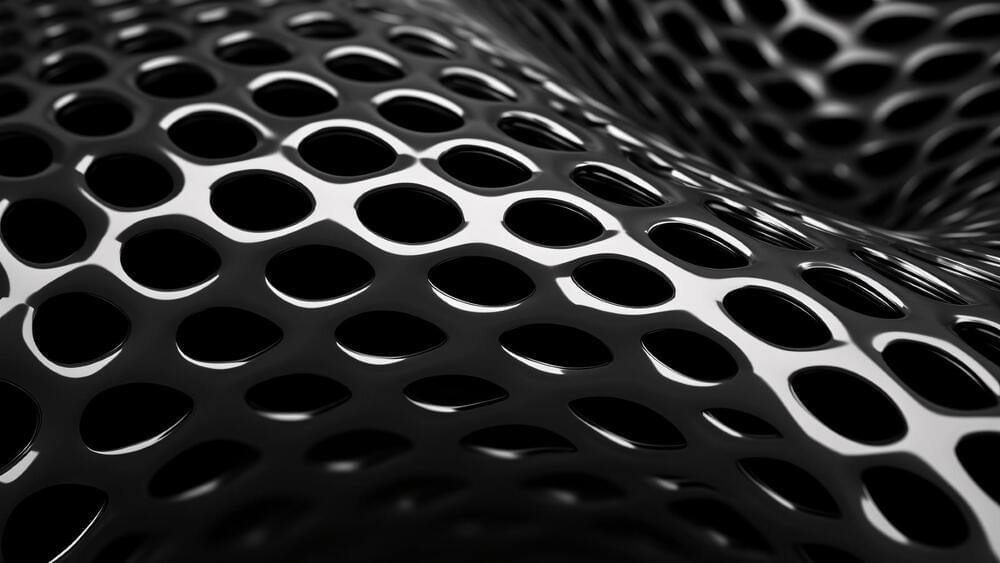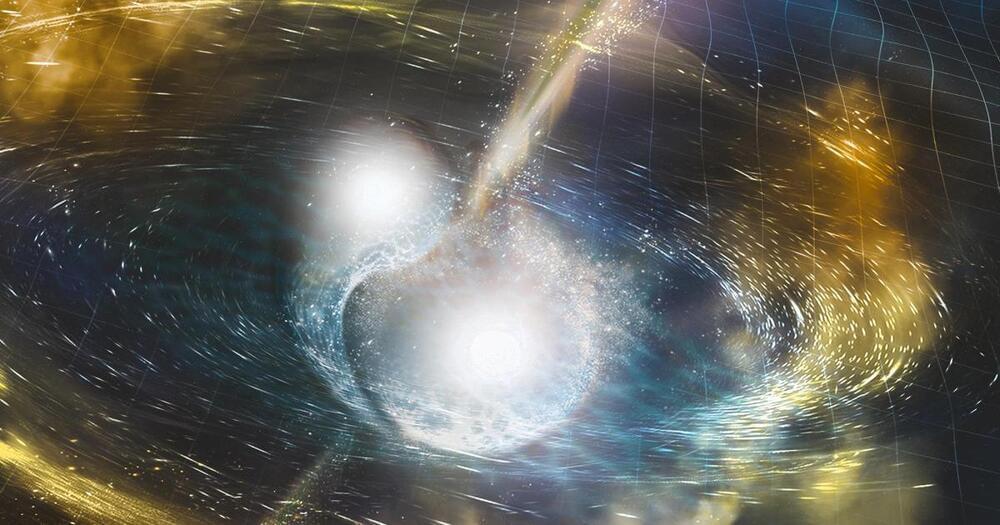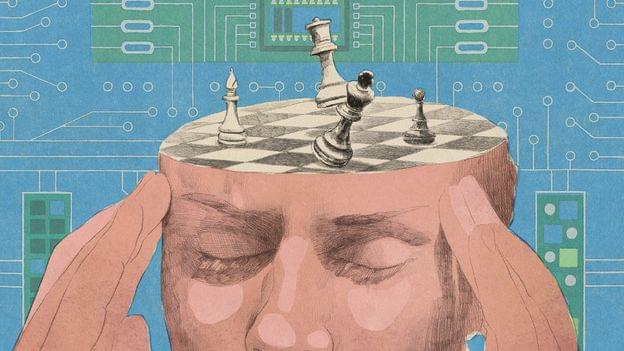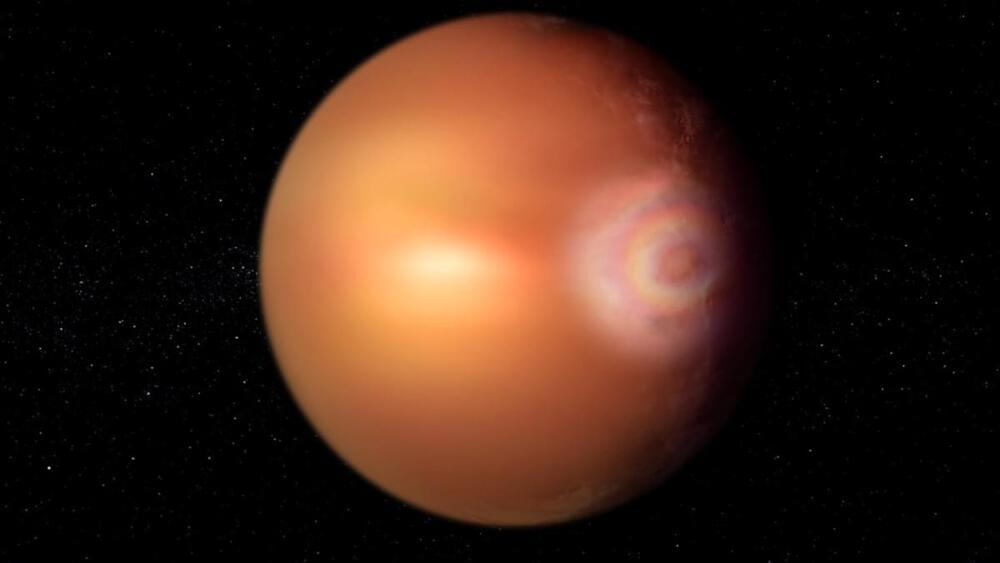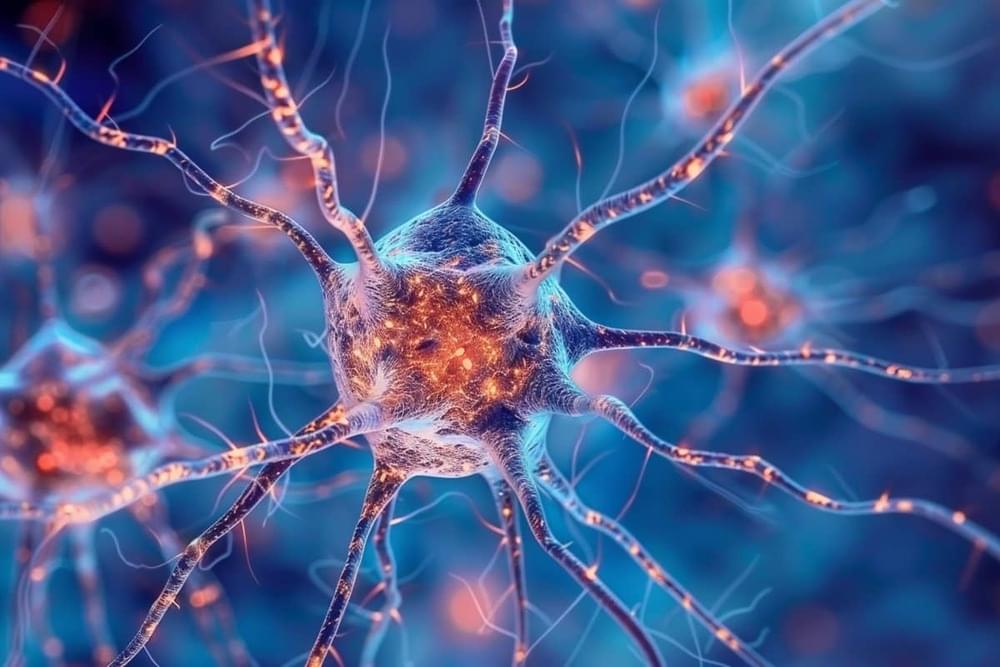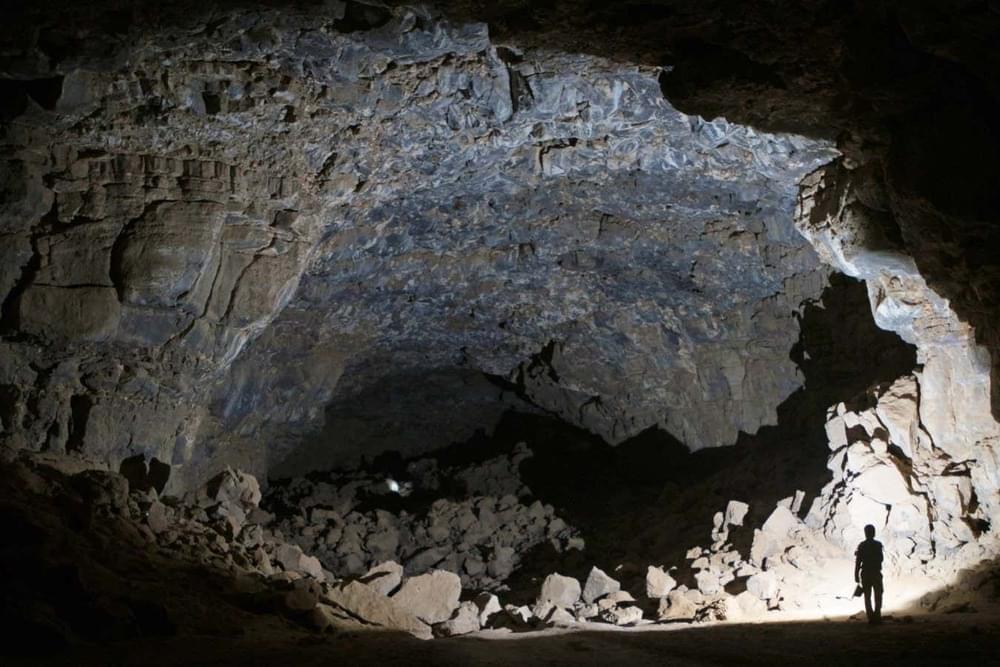A new, microscopic material will end with metals in industry: this is the new futuristic alternative that you will see from now on.
Physicists have just found something no one expected, lurking on the surface of an arsenic crystal.
While undertaking a study of quantum topology – the wave-like behavior of particles combined with the mathematics of geometry – a team found a strange hybrid of two quantum states, each describing a different means of current.
“This finding was completely unexpected,” says physicist M. Zahid Hasan of Princeton University. “Nobody predicted it in theory before its observation.”
The extended mind — For decades, philosophers have debated the borders of personhood: where does our mind end, and the external world begin? On a simple level, you might assume that our minds rest within our brains and bodies. However, some philosophers have proposed that it’s more complicated than that.
When we merge mind and machine, the traditional borders of the self dissipate, says philosopher Dvija Mehta.
If the effect is confirmed to be happening over WASP-76b, it could reveal a great deal about this strange and extreme exoplanet — a world unlike anything seen in our stellar domain.
Related: Ultra-hot exoplanet has an atmosphere of vaporized rock
“There’s a reason no glory has been seen before outside our Solar System – it requires very peculiar conditions,” Olivier Demangeon, team leader and an astronomer at the Institute of Astrophysics and Space Sciences in Portugal, said in a statement. “First, you need atmospheric particles that are close-to-perfectly spherical, completely uniform and stable enough to be observed over a long time. The planet’s nearby star needs to shine directly at it, with the observer — here CHEOPS — at just the right orientation.”
Summary: Researchers uncovered how certain brain cells enhance our ability to maintain and focus on short-term memories. Their study highlights a new type of neuron, dubbed PAC neurons, which coordinate the activity of memory-specific neurons without storing any information themselves.
These findings were derived from the brain activity recordings of epilepsy patients during memory tasks, providing novel insights into how working memory functions. Understanding these mechanisms may lead to improved treatments for disorders like Alzheimer’s and ADHD, where such cognitive functions are impaired.
Lerrel Pinto says the key to building useful home robots is helping them learn from their mistakes.
Underground tunnels created by lava flows provided humans with shelter for thousands of years beneath the hot desert landscape of Saudi Arabia.
